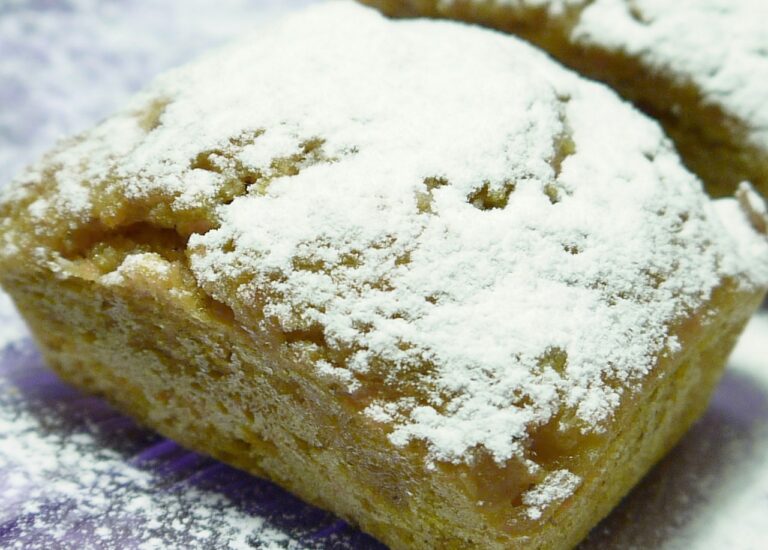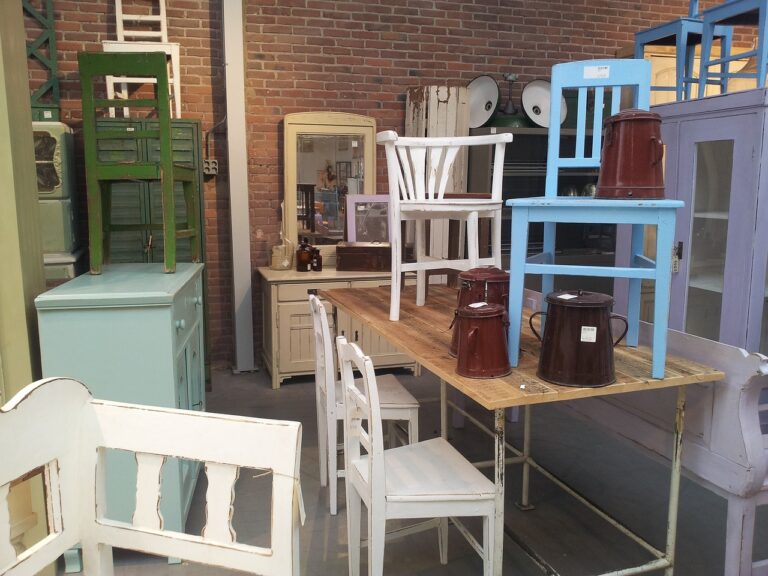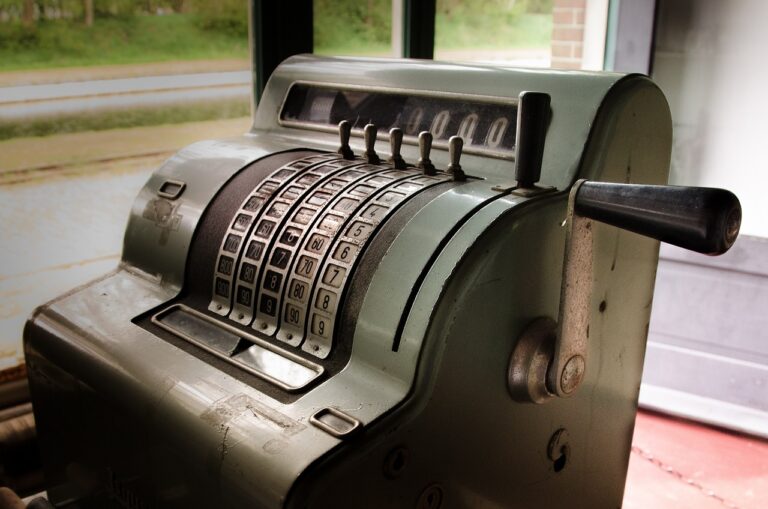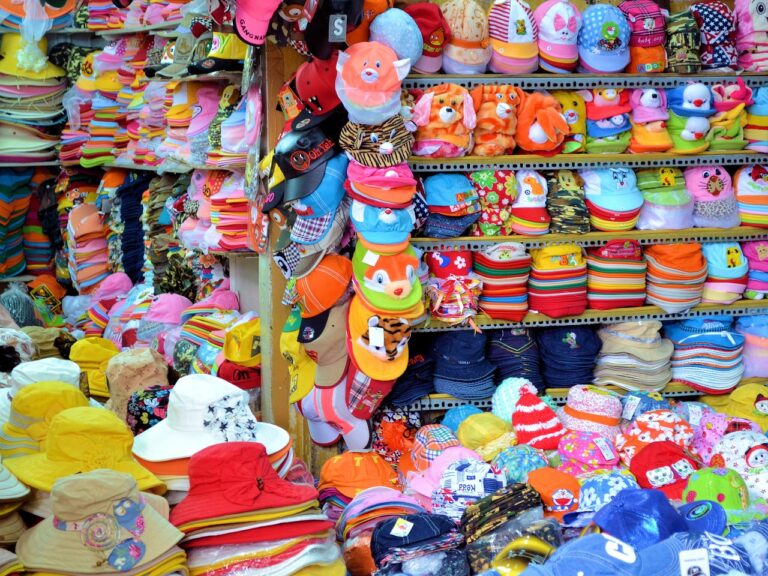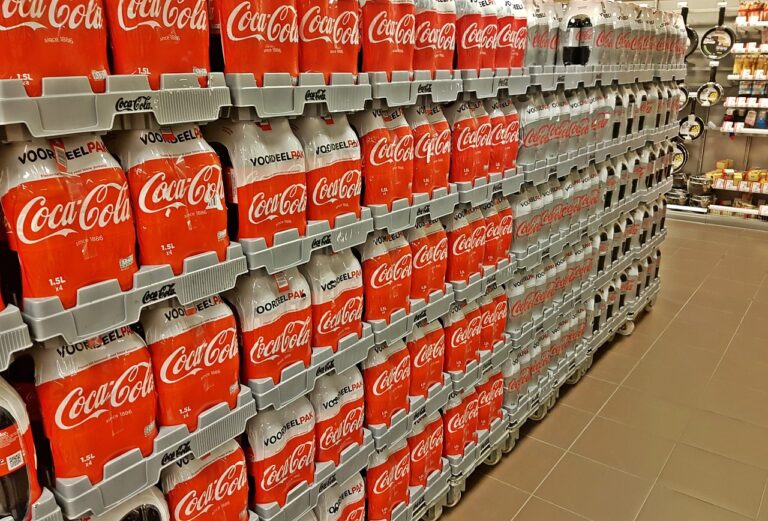From Farm to Bedroom: Understanding the Supply Chain of Linen Production
11xplay pro, 24 betting login india, skyinplay live login: Linen is a versatile and durable fabric that has been a staple in households for centuries. From bedding to clothing, linen has many uses due to its natural properties that make it both breathable and absorbent. But have you ever wondered how linen goes from the farm to your bedroom? Let’s take a closer look at the supply chain of linen production.
1. Growing Flax:
The journey of linen production begins on the farm, where flax plants are grown. Flax is a crop that thrives in cooler climates, such as in countries like Belgium, France, and the Netherlands. The flax plants are harvested when they reach maturity, and the fibers are extracted from the stem through a process called retting.
2. Retting Process:
Retting is a crucial step in linen production that involves soaking the flax stems in water to break down the pectin that binds the fibers together. There are two main methods of retting – dew retting, where the flax is left to soak in the field, and water retting, where the flax is submerged in water.
3. Breaking and Scutching:
Once the fibers have been retted, they are dried and then broken to separate the outer woody part of the stem from the inner fibers. This process is known as scutching and results in long linen fibers that are ready to be spun into yarn.
4. Spinning:
The linen fibers are spun into yarn using traditional spinning techniques or modern machinery. The yarn may then be dyed in various colors before being woven into fabric.
5. Weaving:
The linen yarn is woven into fabric on looms, where the threads are interlaced to create a sturdy and breathable material. The weaving process can be done in different patterns to achieve different textures and finishes.
6. Finishing:
Once the fabric has been woven, it undergoes a finishing process to enhance its softness and drape. This may involve treatments such as mercerization or stone washing to give the linen its characteristic feel.
FAQs:
Q: Is linen sustainable?
A: Yes, linen is a sustainable fabric as it is made from the flax plant, which requires minimal water and pesticides to grow.
Q: How do I care for linen bedding?
A: Linen bedding should be washed in cold water and dried on a low heat setting to prevent shrinking. Avoid using bleach or harsh detergents, as they can damage the fibers.
Q: Why is linen more expensive than other fabrics?
A: Linen production is a labor-intensive process that involves several steps, from growing the flax to weaving the fabric. Additionally, linen is a high-quality material that is known for its durability and longevity.
In conclusion, the journey of linen from the farm to your bedroom involves multiple steps and processes that result in a high-quality and sustainable fabric. By understanding the supply chain of linen production, you can appreciate the craftsmanship and effort that goes into creating this timeless fabric.


